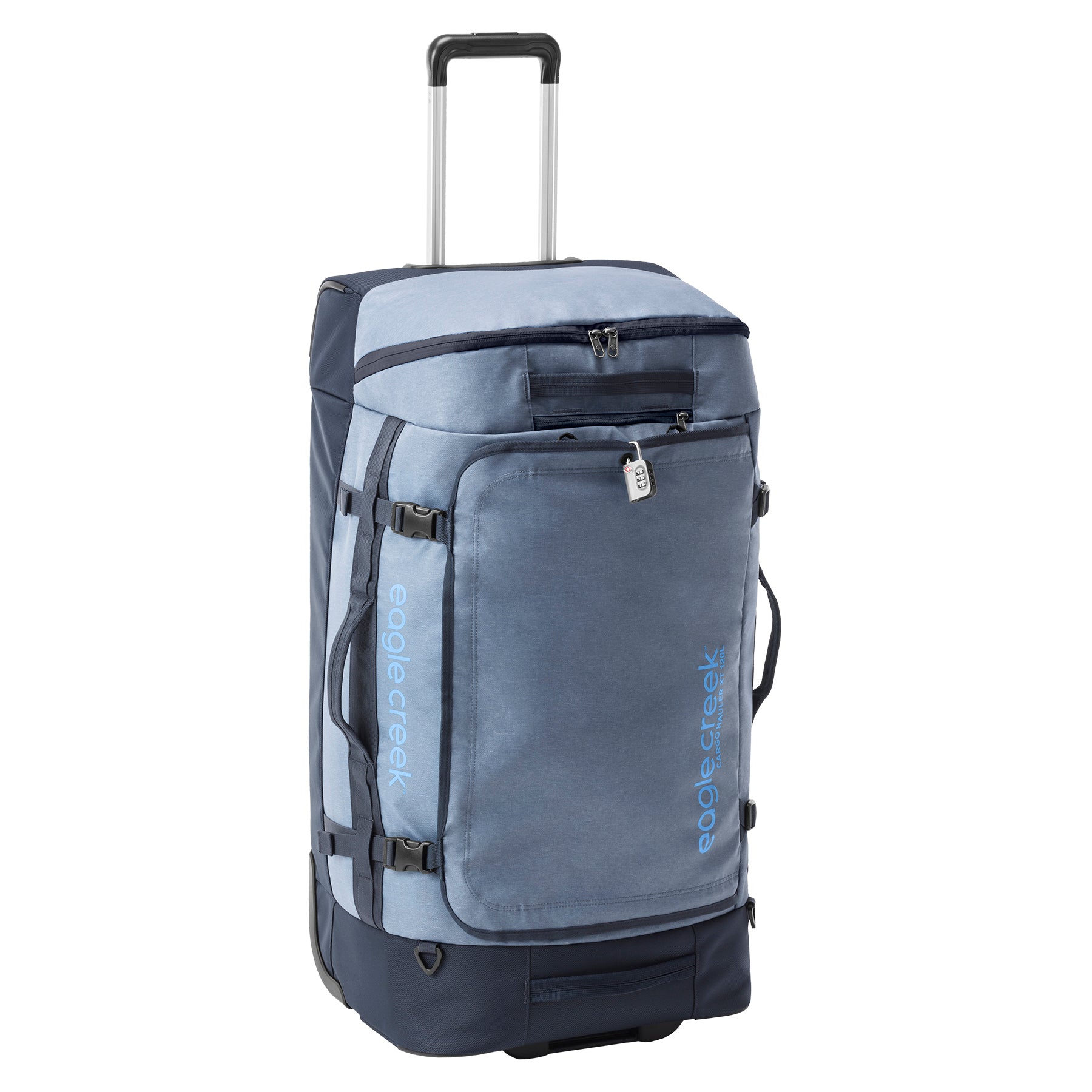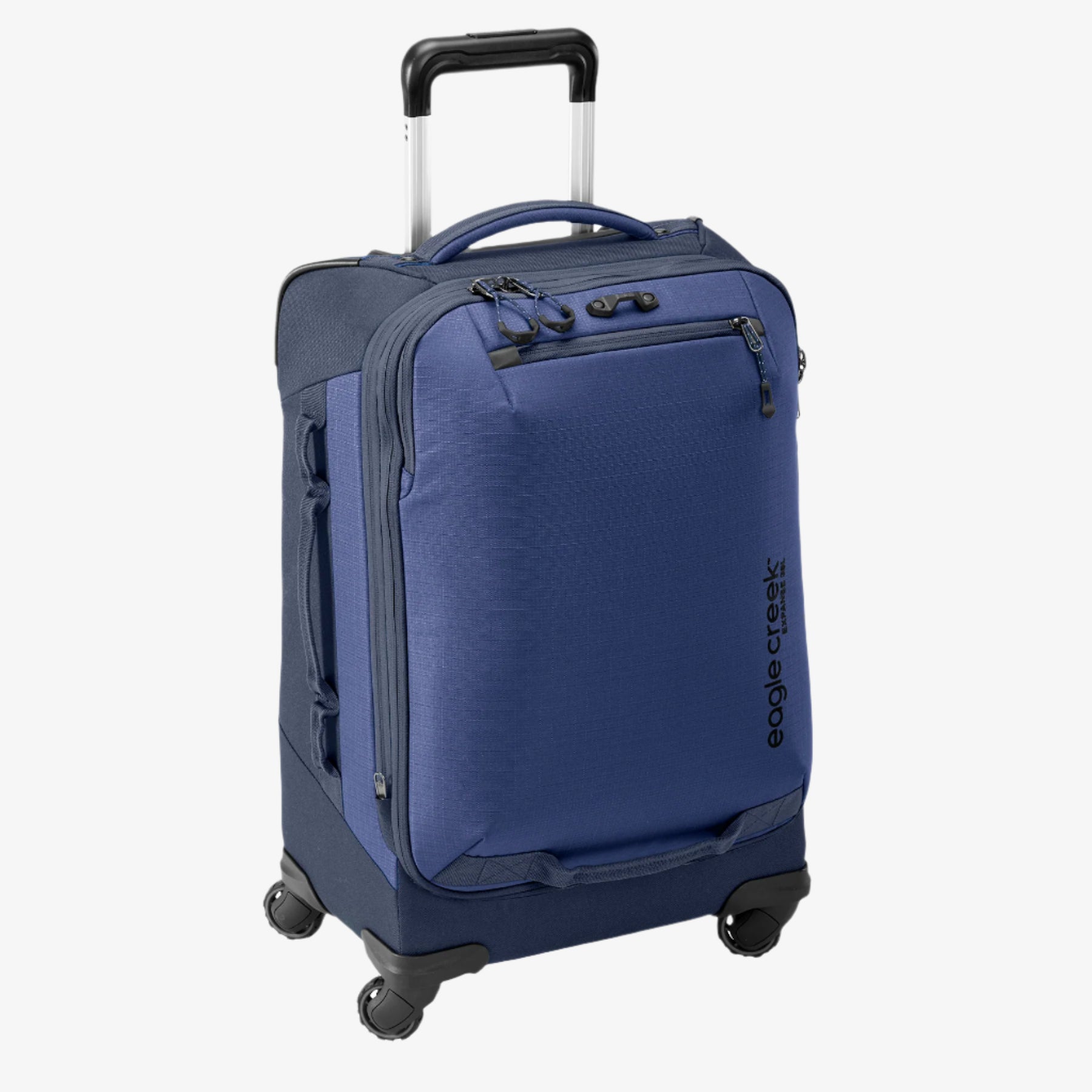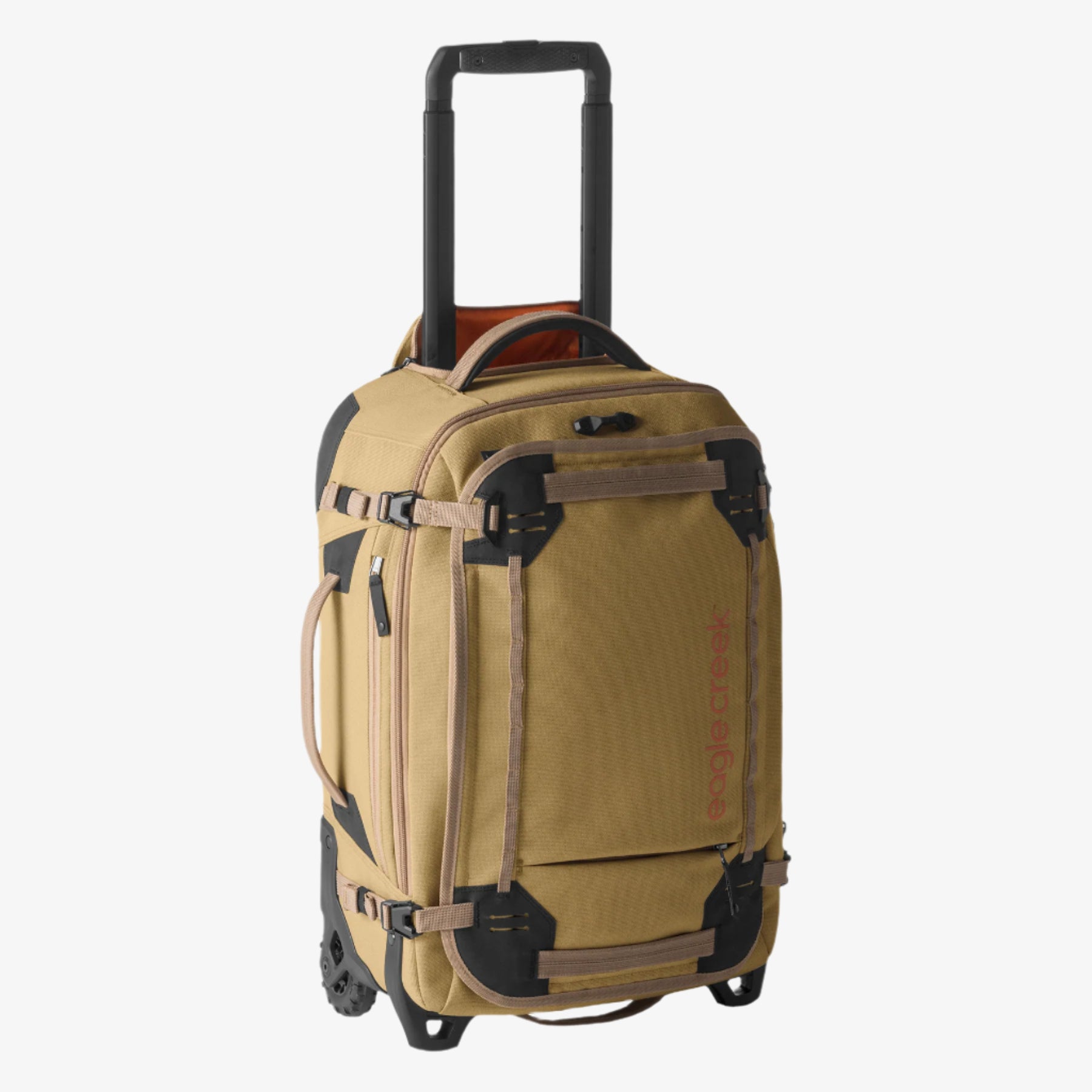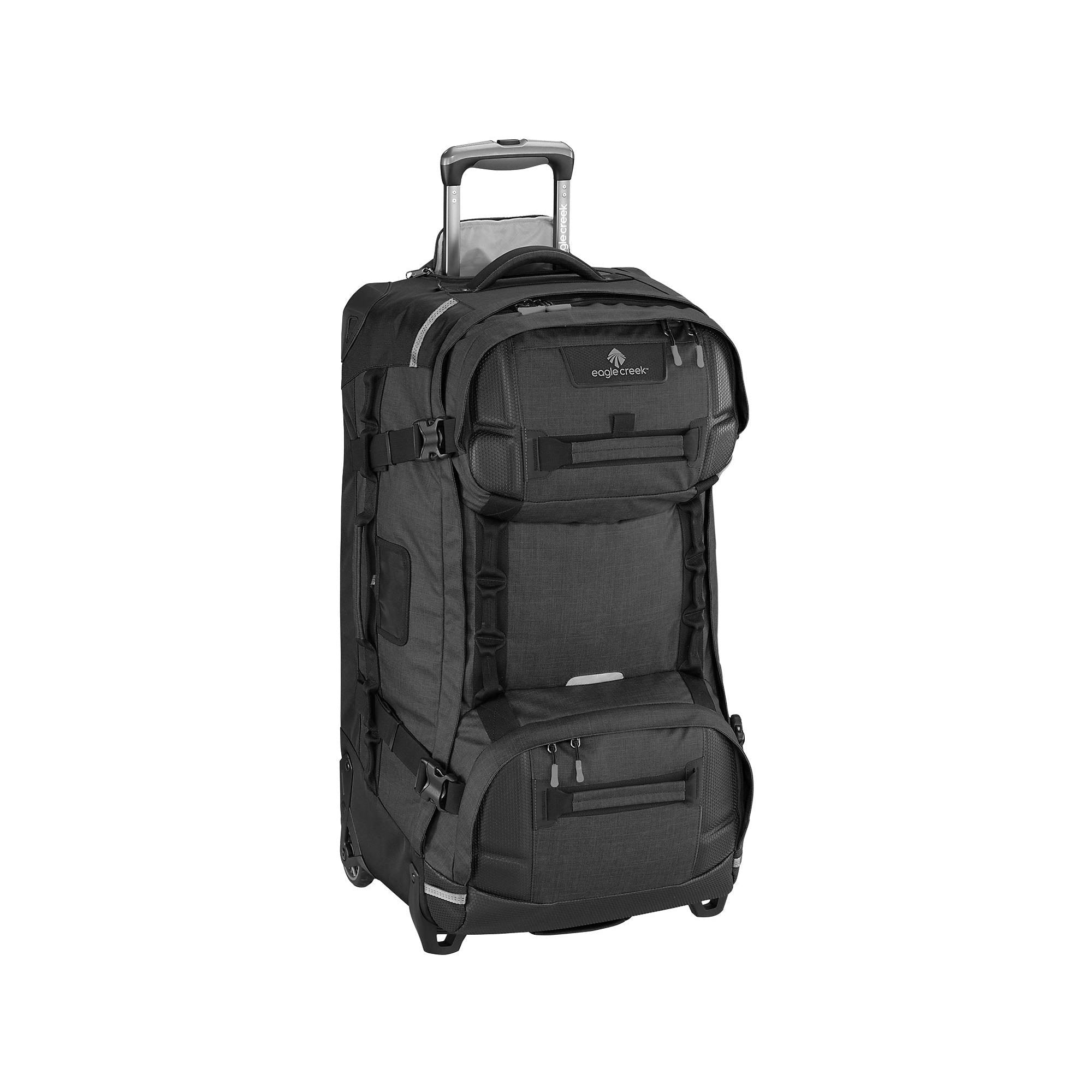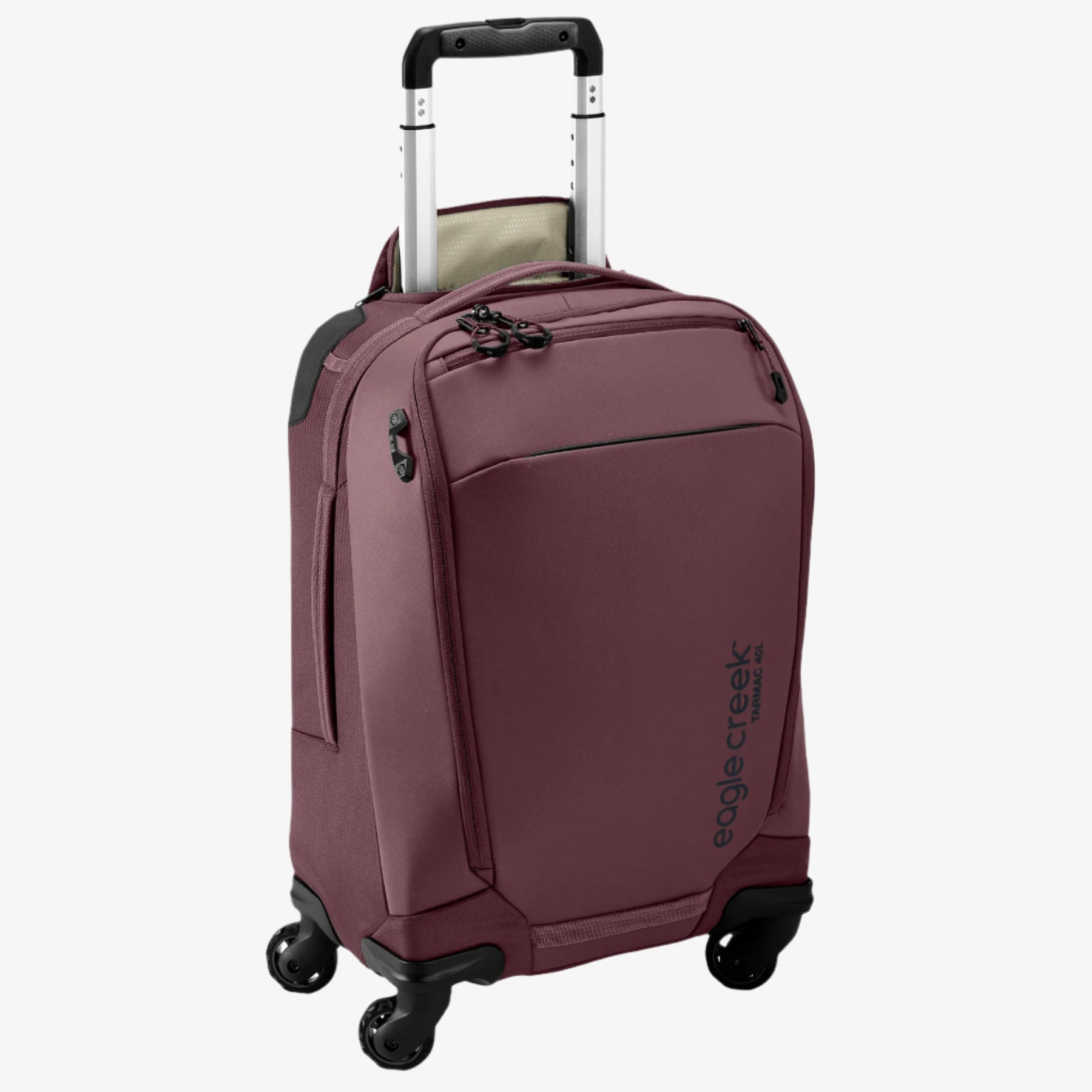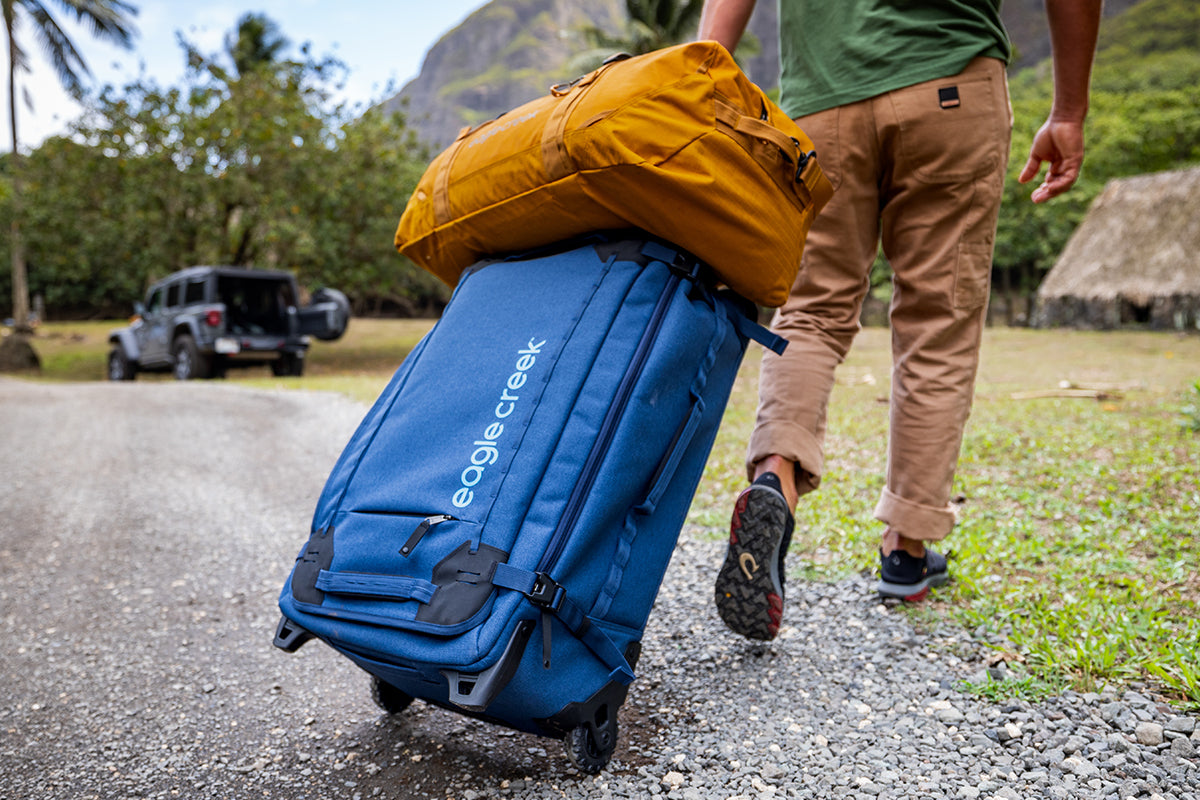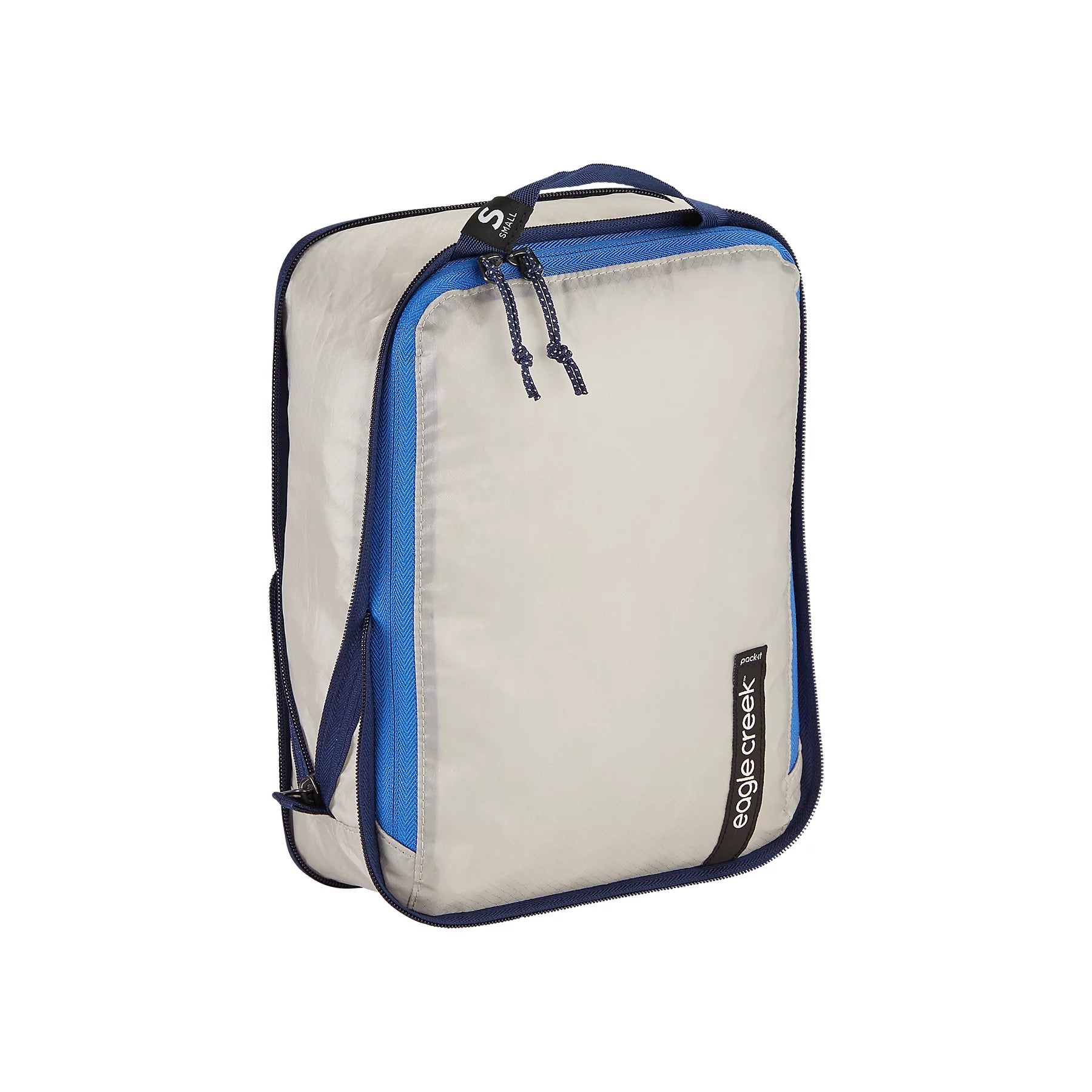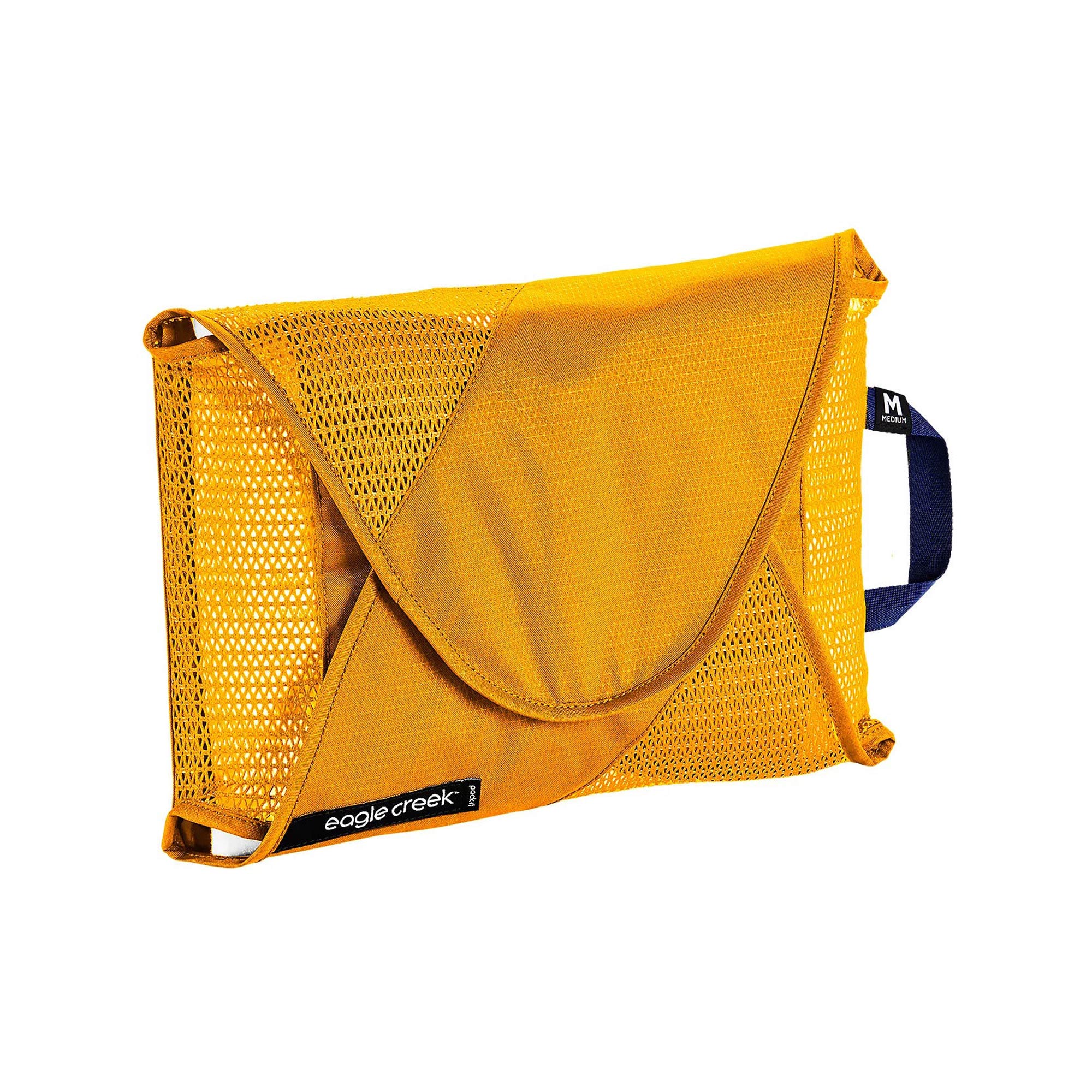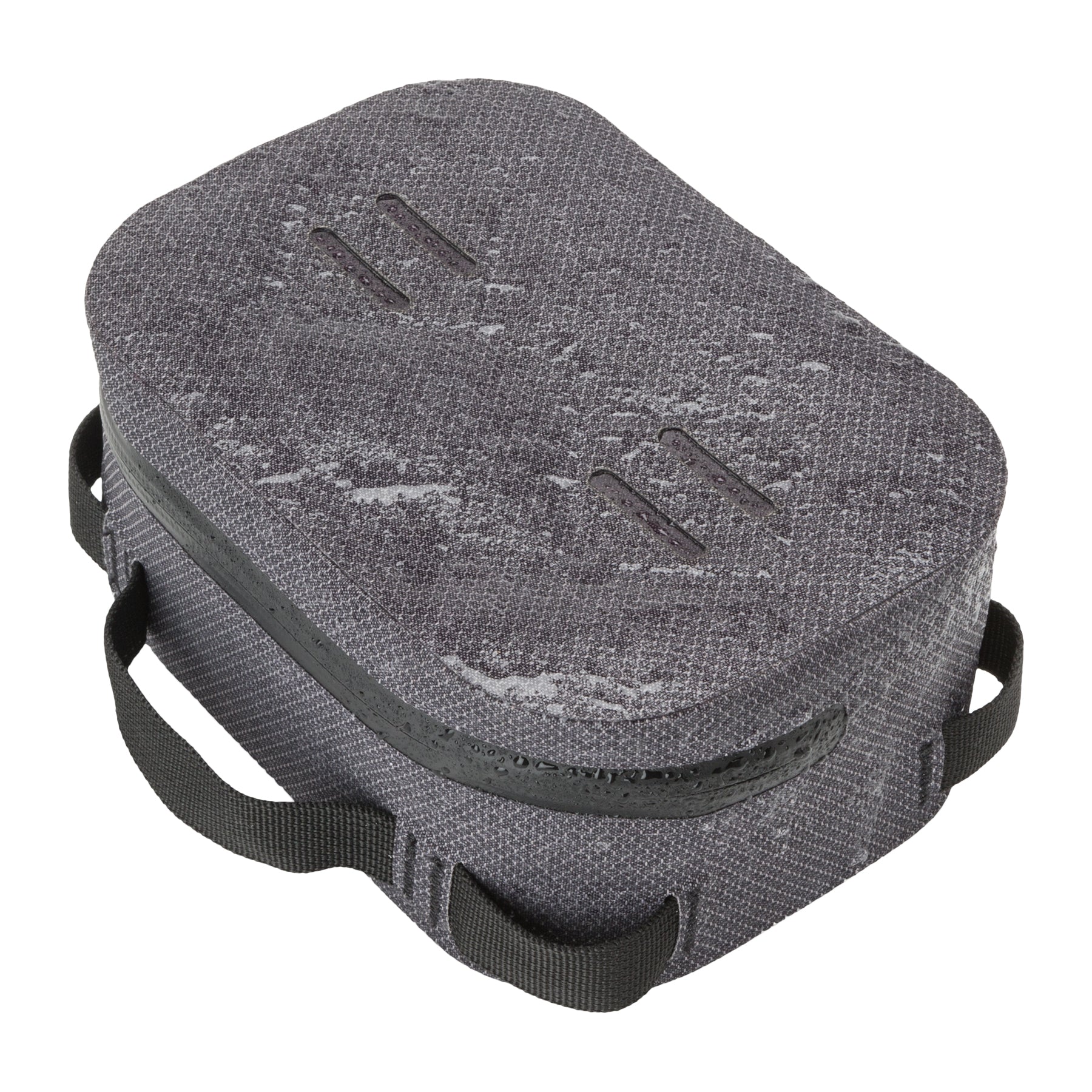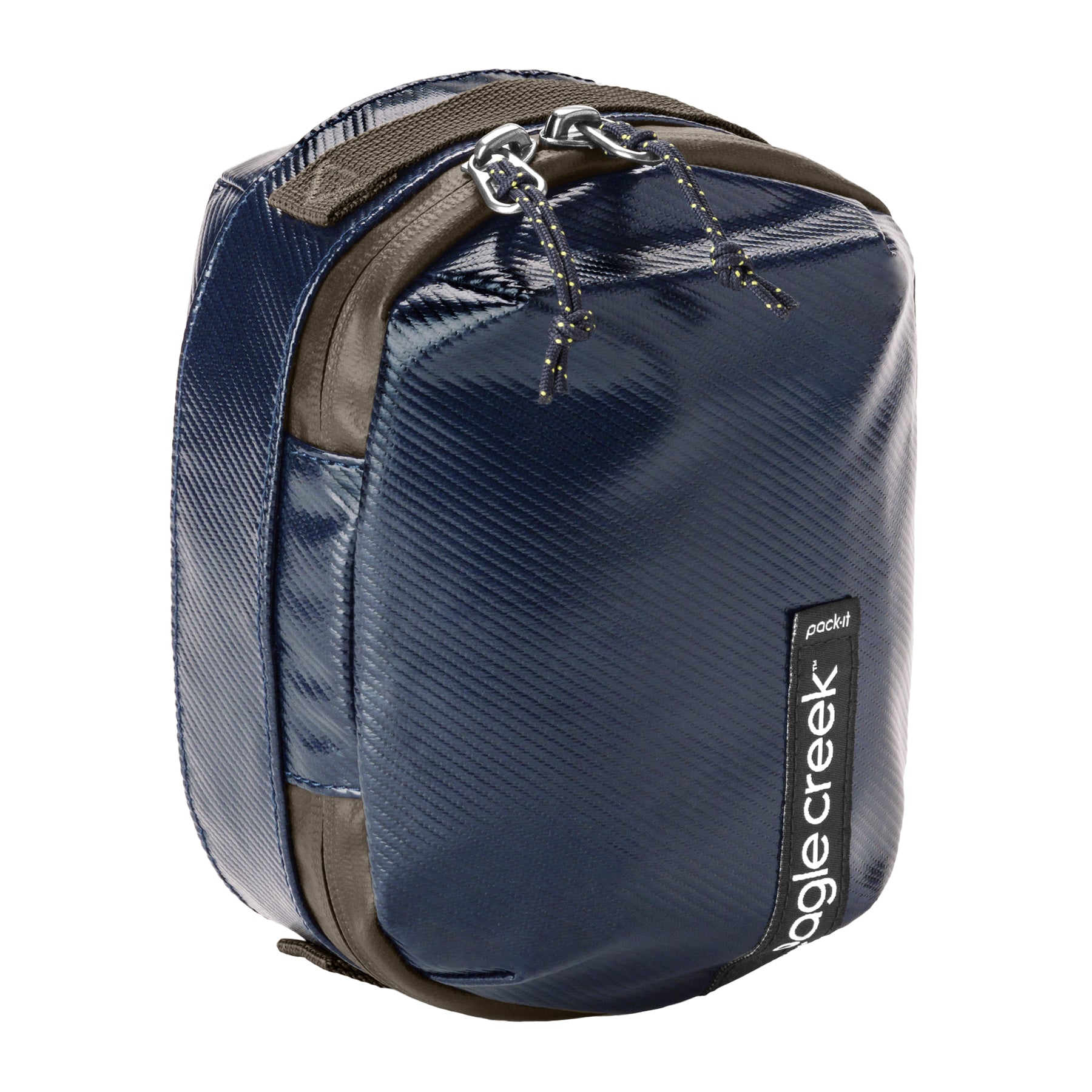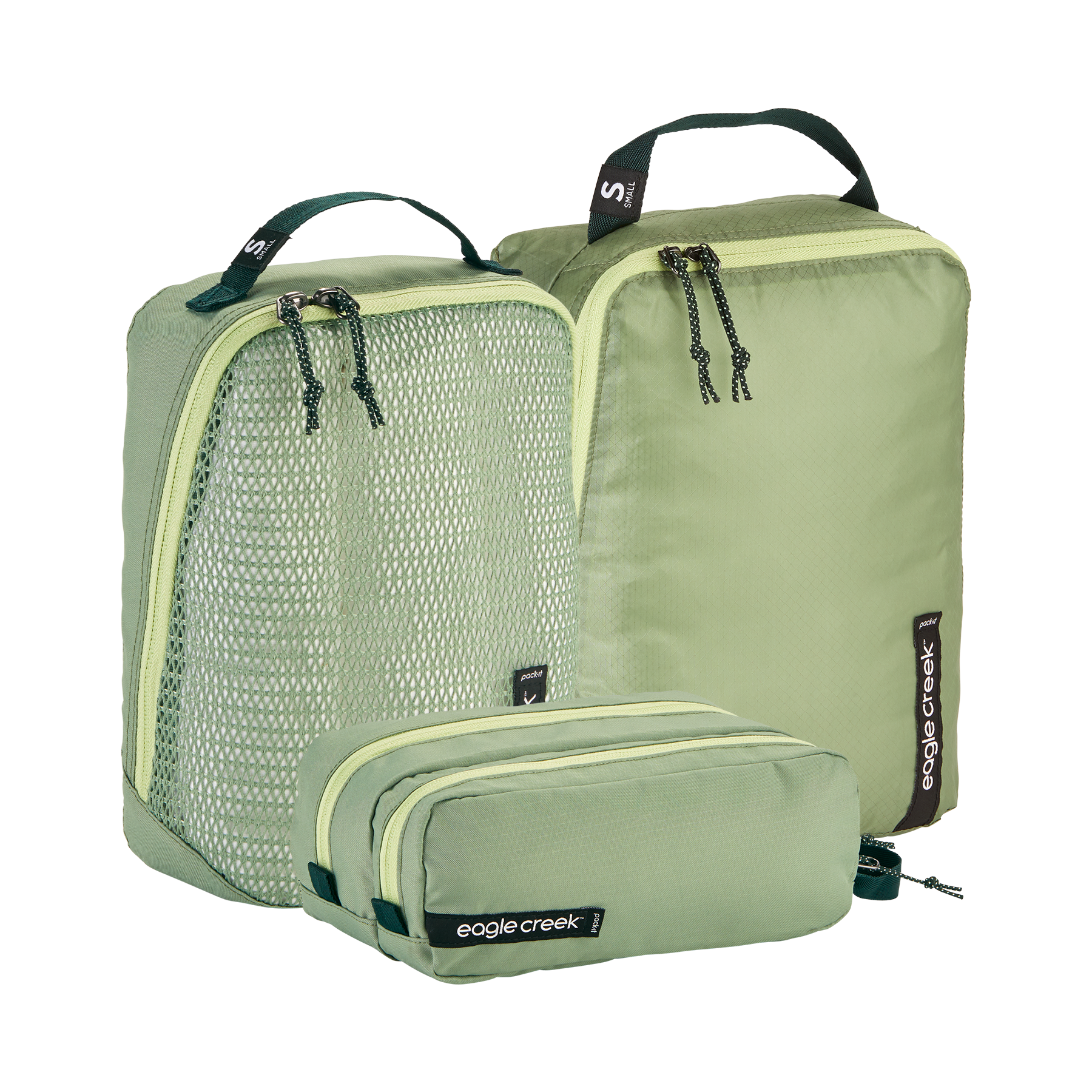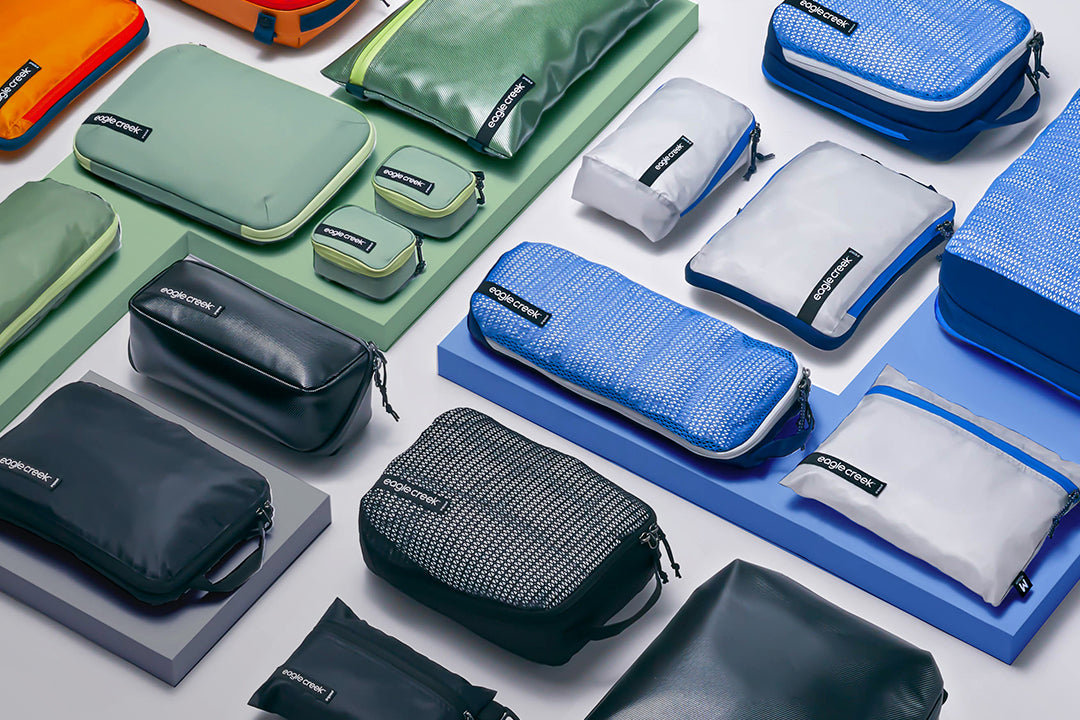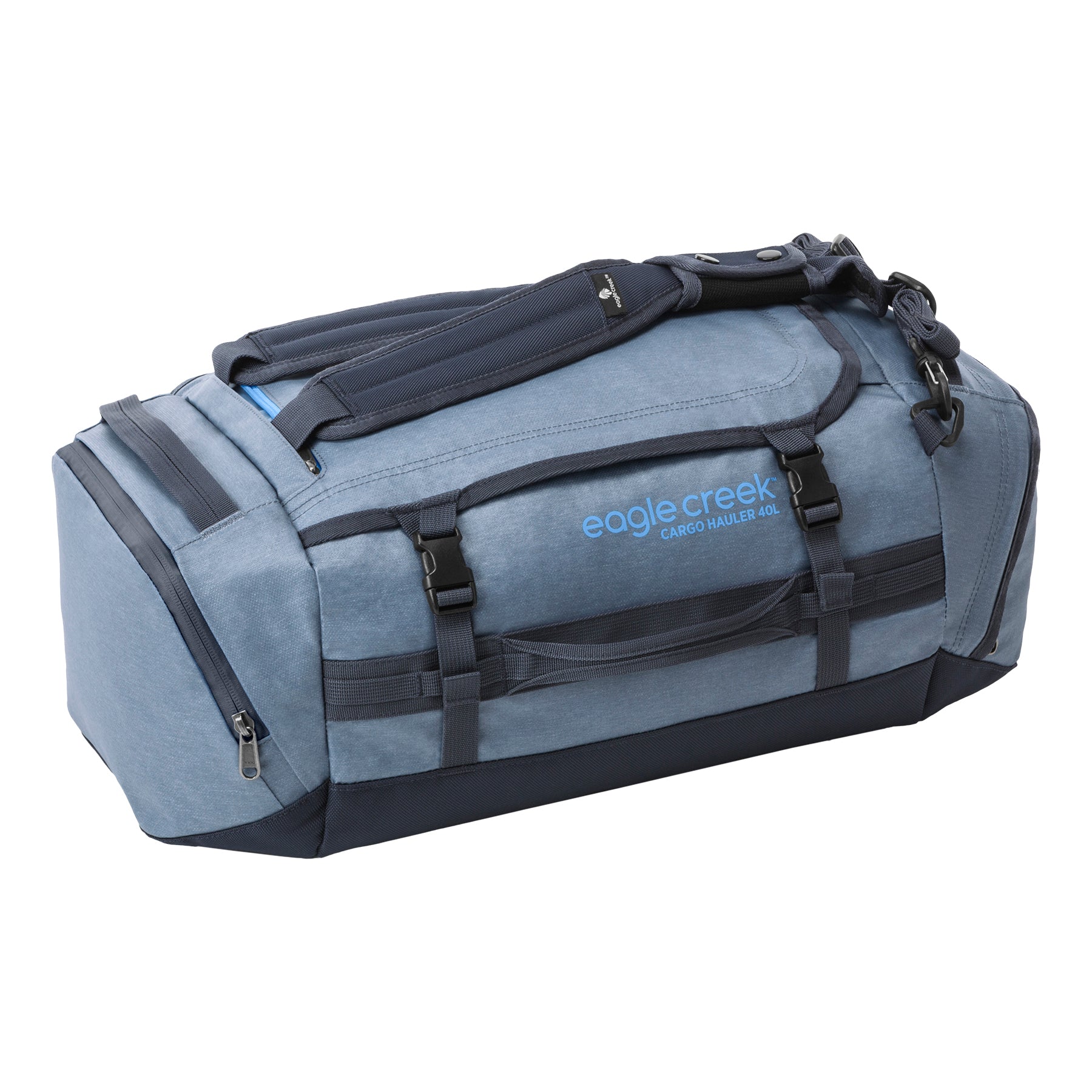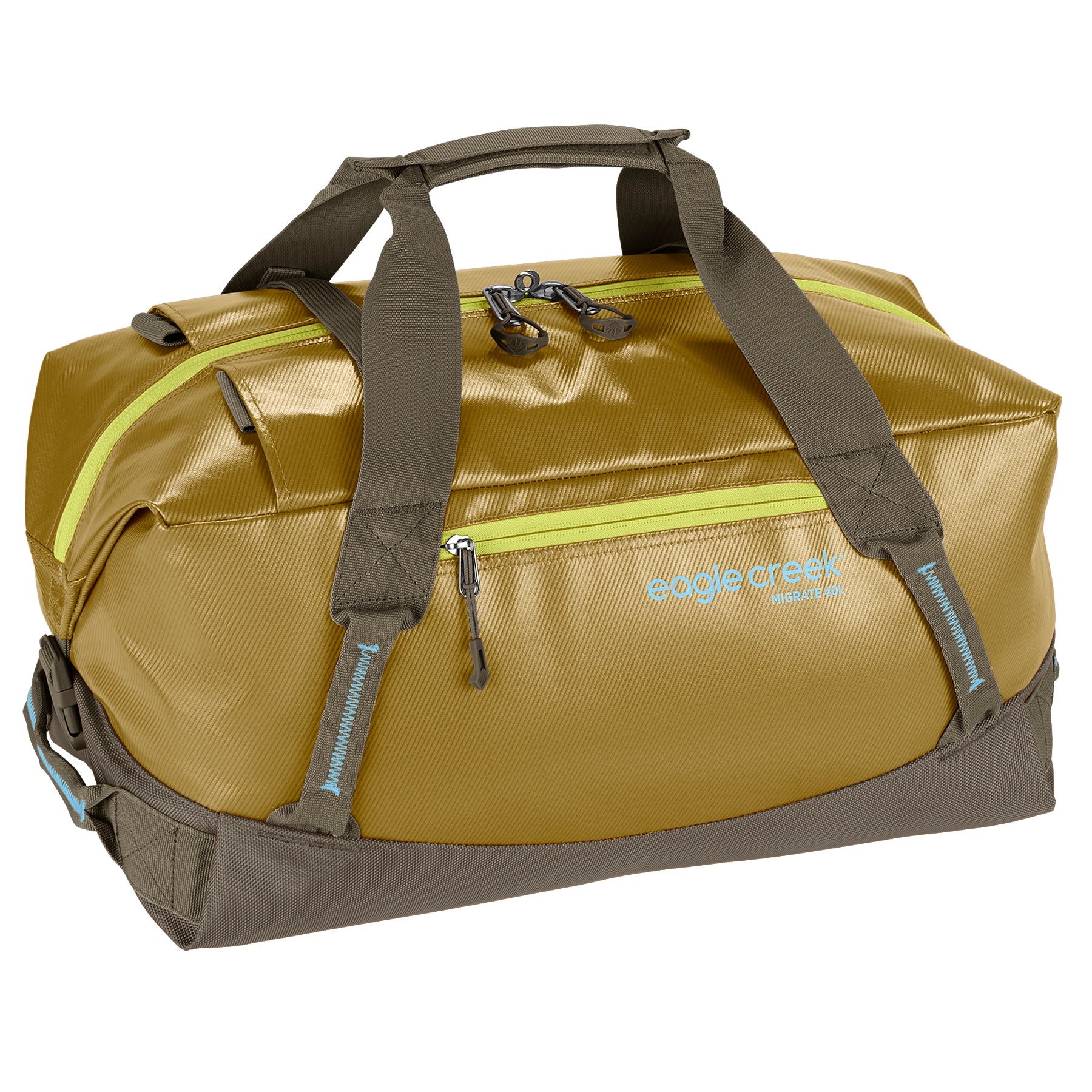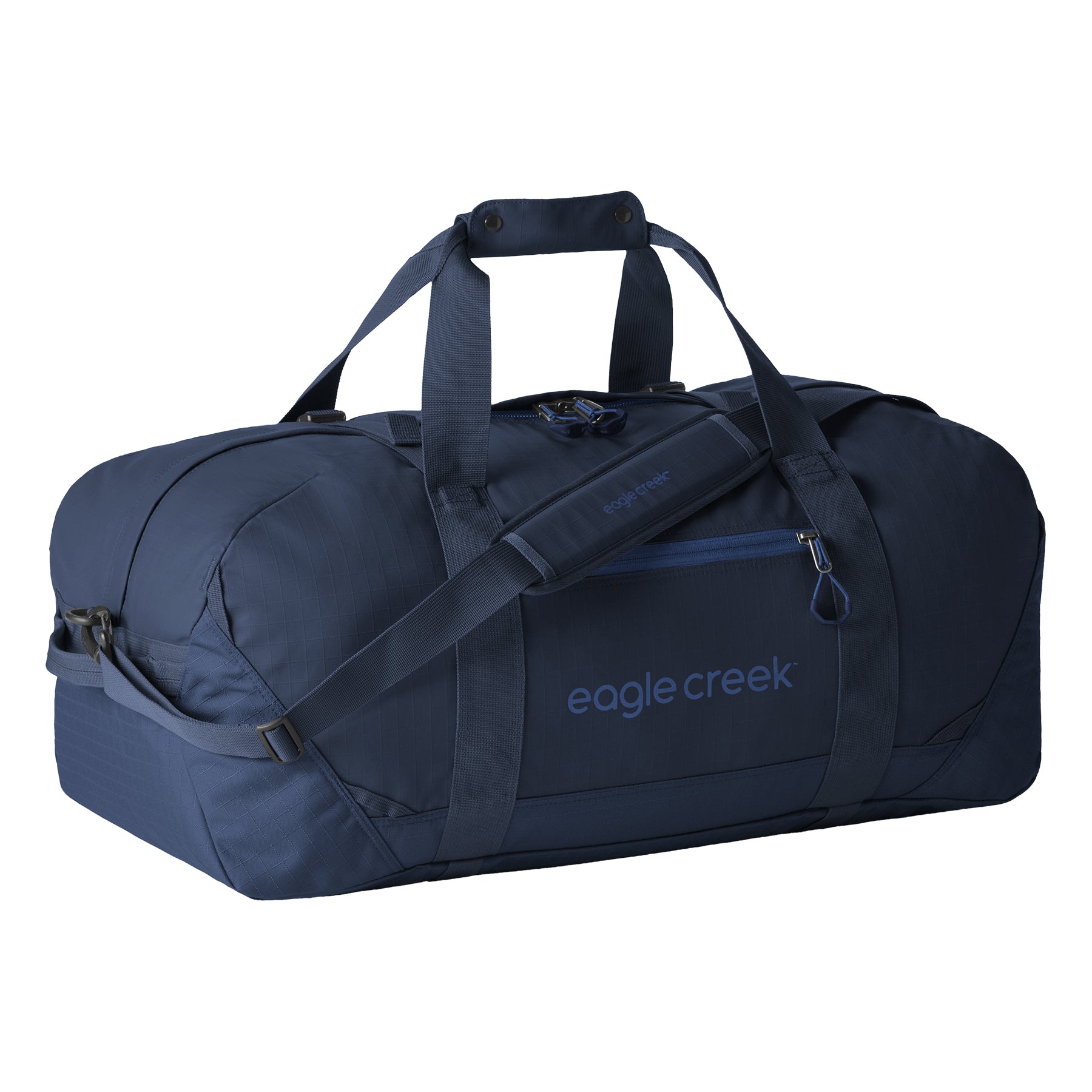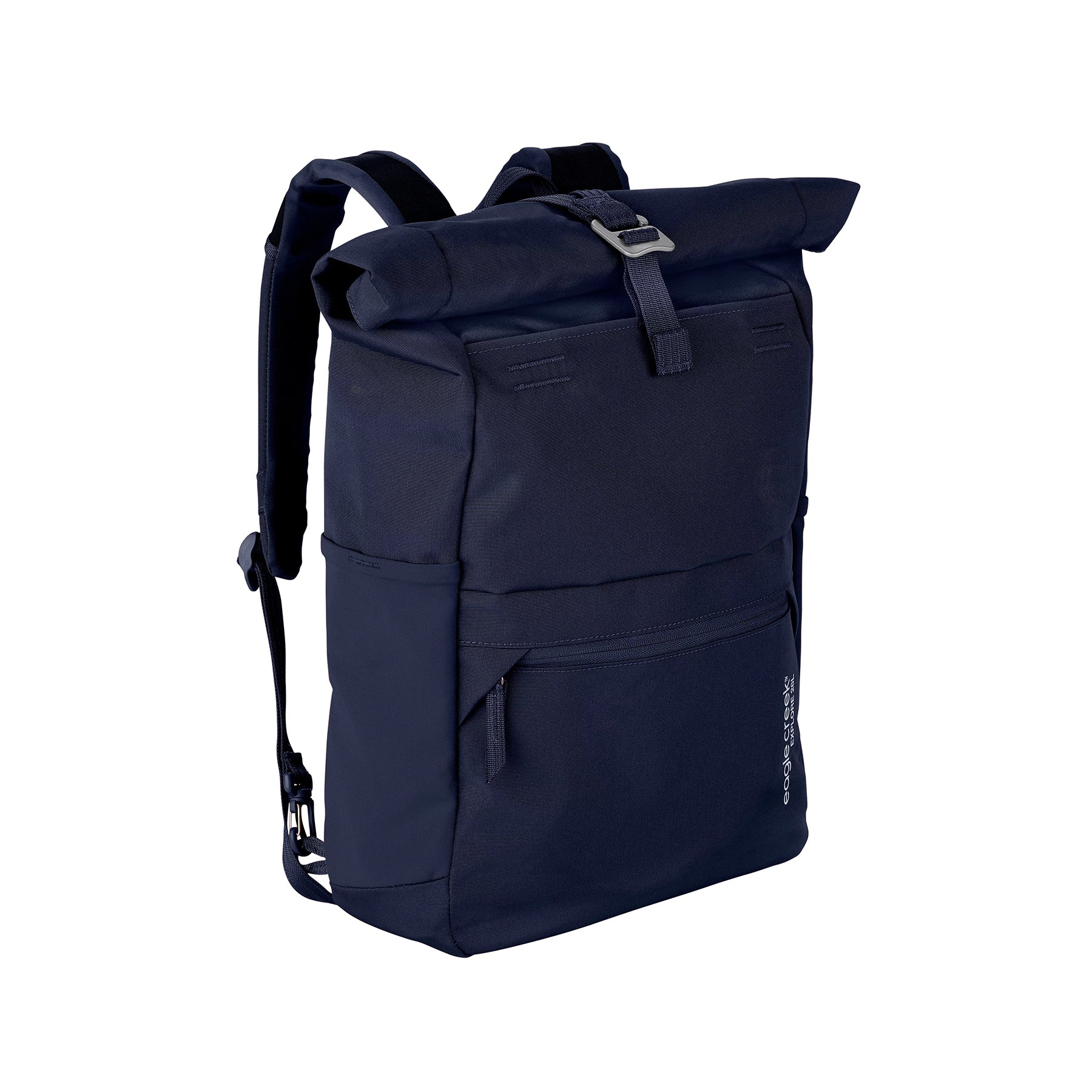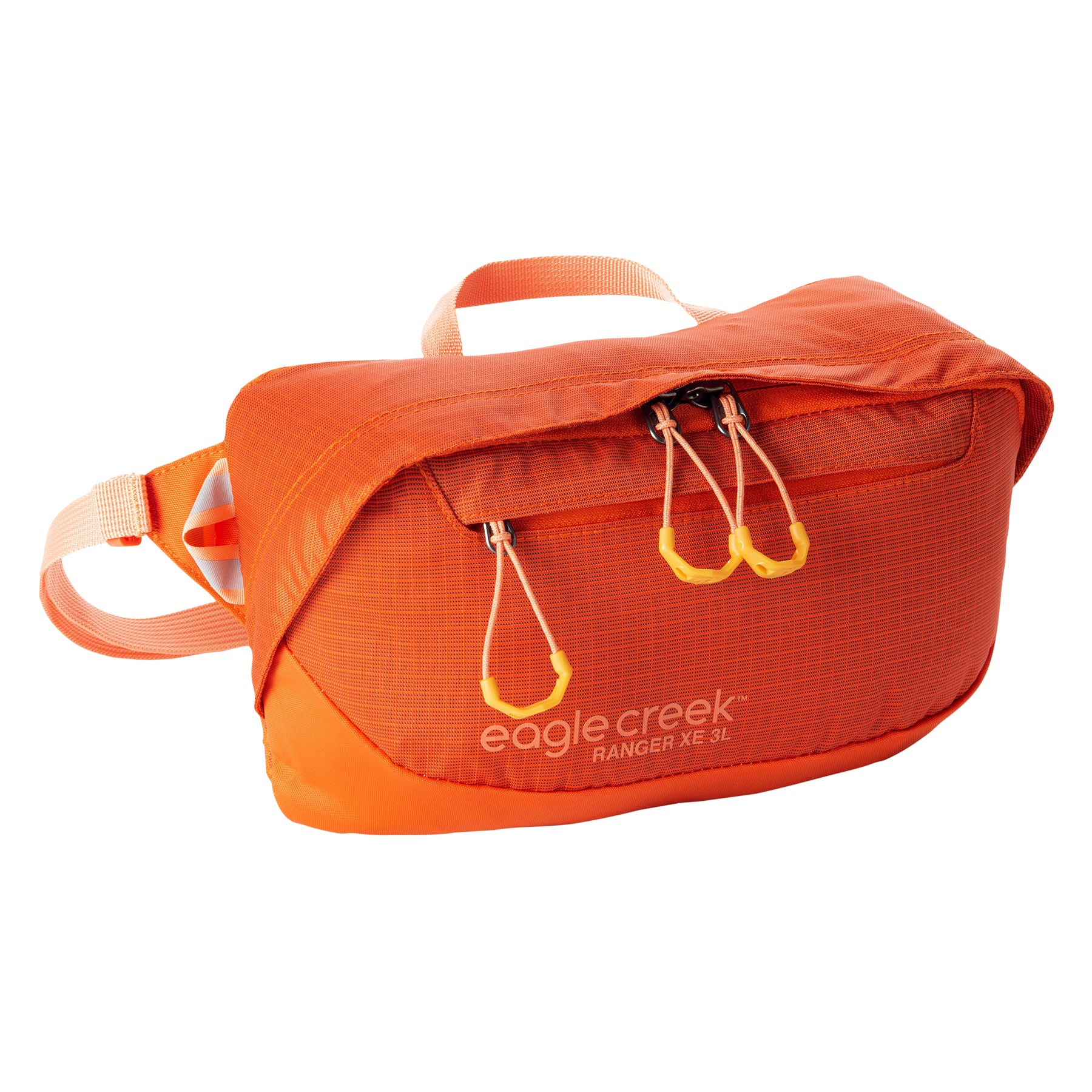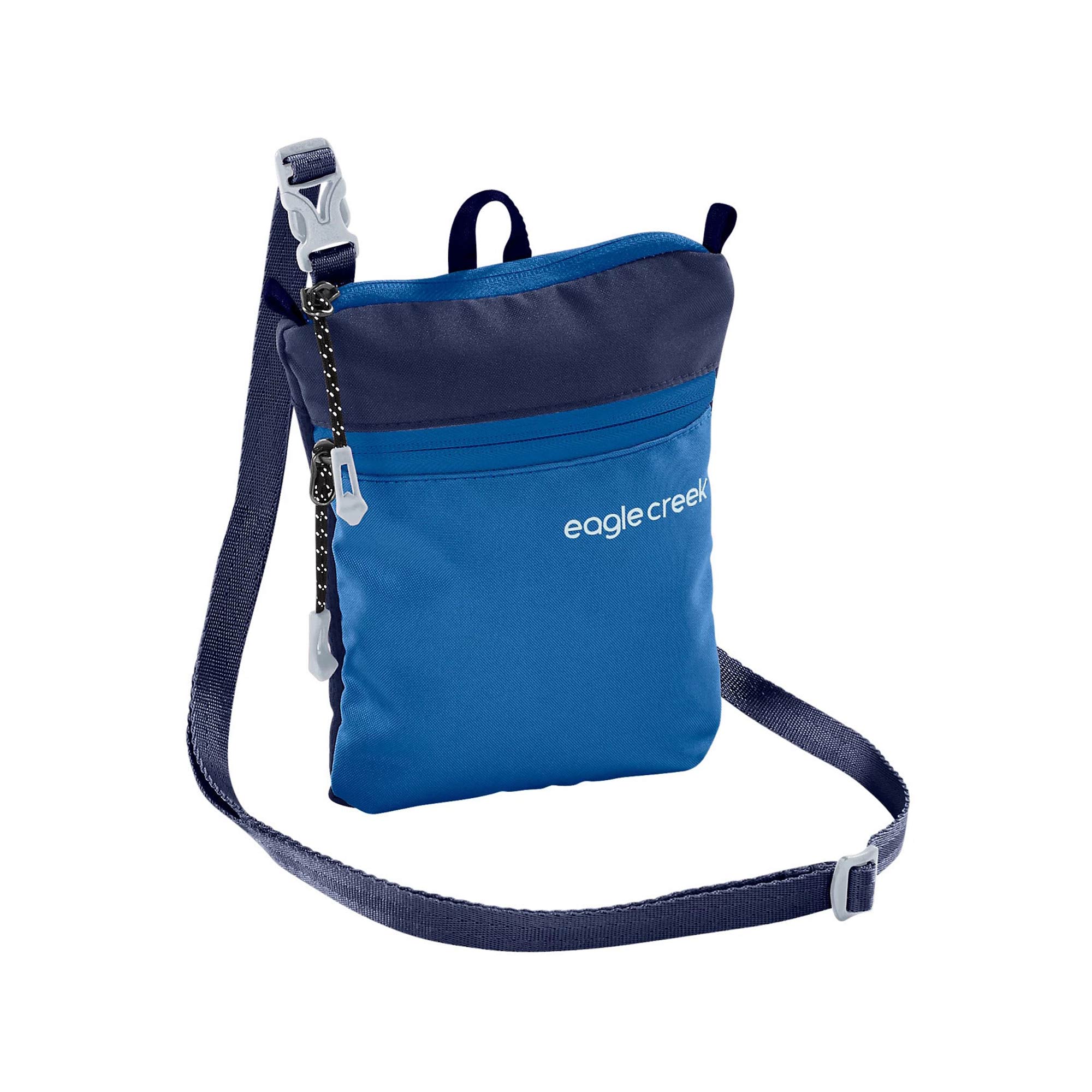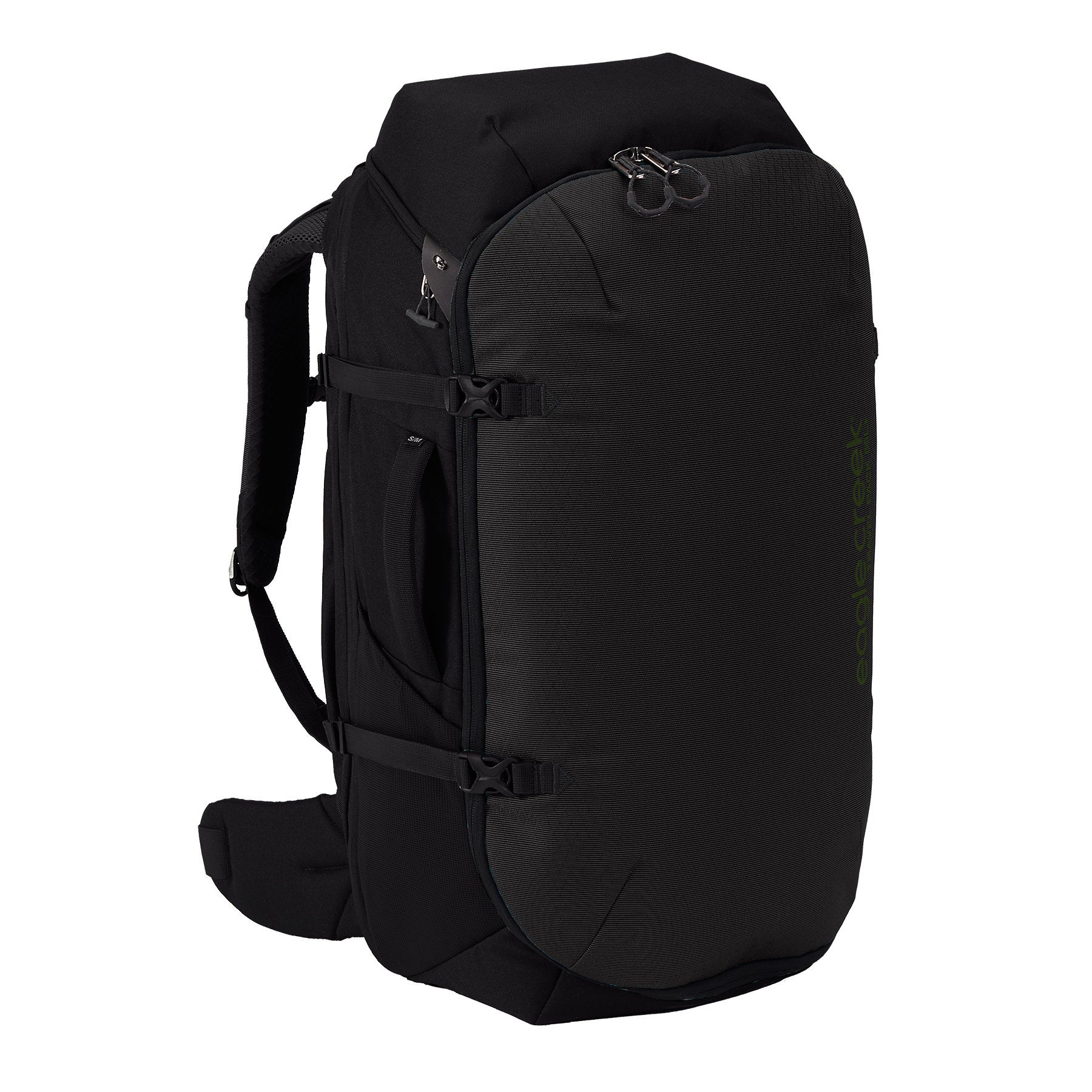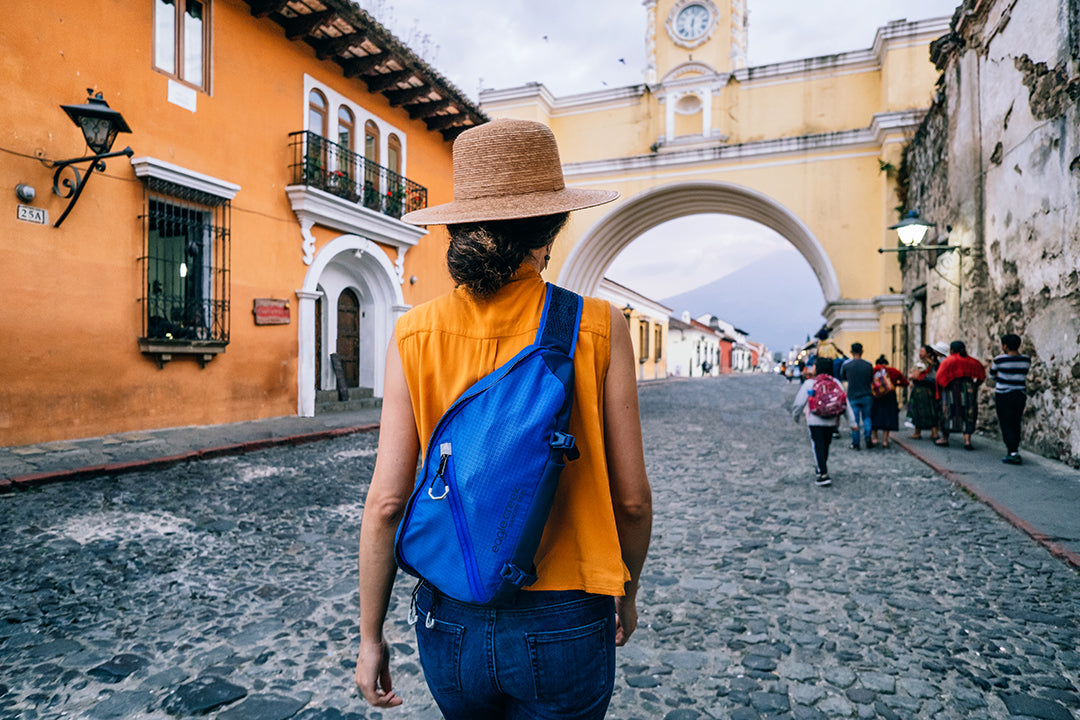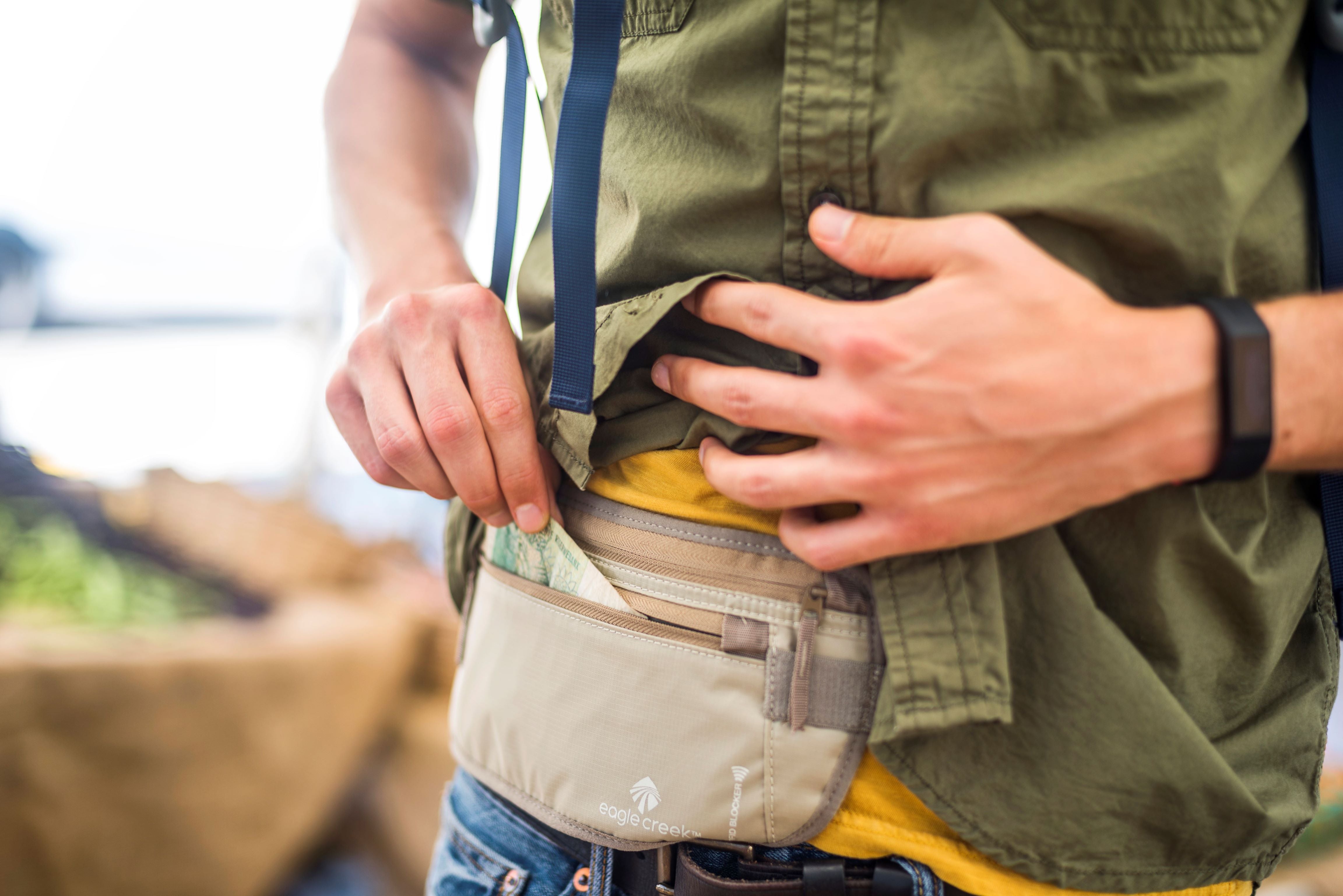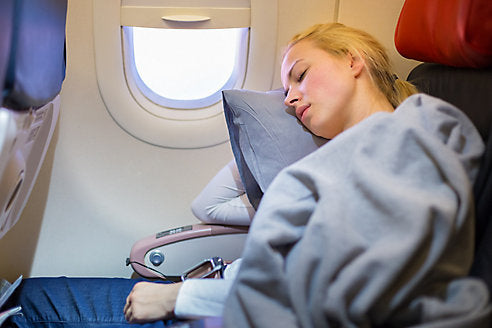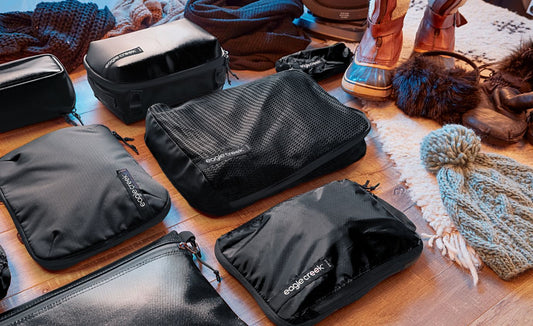Long, transcontinental flights can sometimes be tiring, but they don't have to be. If you plan ahead a little bit and make a few strategic decisions during the trip, you'll land refreshed and ready to explore. So pack your bags and try these comfort hacks on your next plane ride to Europe.
1. Book a Window Seat
A window seat does more than provide great views—it can also be a built-in headrest. Placing an easy-to-inflate travel pillow in the nook can make for a more comfortable in-flight sleeping option, especially when traveling overnight. Having access to the window also lets you control how much light seeps in as you rest. And don't forget to keep yourself warm with a packable blanket.
2. Uncross Your Legs
Stretching out your legs (and feet) is about more than comfort—it helps improve your circulation. If your legs are crossed for the duration of a flight, you’ll restrict blood flow to one side of the body—increasing your chance of blood clots if your flight is more than a few hours long. Crossed legs could also aggravate or tweak your lower back because while your torso is still facing forward, your lower body is twisting to one side. Ease pressure on your spine by keeping your legs uncrossed. And whenever the seatbelt sign is off, take a few minutes to walk up and down the aisle, or at least stand and stretch your hamstrings and quads.
3. Turn Off Electronics
You’ve long heard the no-TV-before-bed rule; the same applies for arriving refreshed from your flight. The glowing light (technically called "blue light") from TVs, tablets, laptops, and cell phones (set on airplane mode, of course) can suppress the release of the hormone melatonin, making it more difficult to squeeze in some much-needed shuteye. When melatonin isn't released around the same time every night, the body's circadian rhythm or 24-hour sleep/wake cycle is thrown off. Need extra reassurance that you’ll be able to snooze in complete darkness? Bring along an eyeshade. Also, if you need some type of distraction to unwind before snoozing, consider bringing along a traditional paper book or magazine, or an e-ink e-reader (which does not emit blue light). Reading, unlike watching a movie, will calm you, rather than stimulate you. Or listen to some soothing music (with headphones, of course).
4. Recline and Relax
Airplane seats aren’t exactly known for their comfort, but they do recline. Take advantage of this function and tilt your seat to ease pressure on your lower back. When you are sitting up, rest your forearms on the built-in armrests to help alleviate pressure on your back and prevent your spine from doing all of the work to keep your torso upright.
5. Skip The Alcohol
While drinking booze might help you drift off initially, it may prevent you from staying sound asleep. Studies show that alcohol doesn’t improve sleep quality. In fact, it reduces rapid eye movement (REM) sleep. REM sleep is the restorative stage of sleep, during which people dream. Disrupting that stage of sleep could lead to unwanted side effects such as daytime drowsiness and poor concentration. Alcohol could also leave you feeling dehydrated (and remember that flying, in and of itself, dehydrates you because there is less humidity in the cabin air). Alcohol may also make you run to the restroom and give you an unwanted in-flight headache. So opt for water instead.
6. Eat Small Amounts
Stuffing yourself with Mickey D’s before a flight isn’t a great idea. Overeating makes your body work harder, forcing your heart to pump more blood to your stomach and intestines. The heavy consumption of fatty foods (especially trans fats) can also cause the blood to clot more easily.
7. Avoid Over-The-Counter Sleep Aids
Loading up on over-the-counter sleep aids before takeoff isn’t a good idea—the last thing that you want is for them to last longer than intended and leave you feeling groggy as you deplane. Antihistamines, which are in most over-the-counter sleep aids, are often culprits of this unwanted side effect. If you feel the need to take a sleep aid, ask your doctor if it's safe for you to take melatonin. Melatonin has been shown to help shift the circadian rhythm and even lower the core body temperature, which might help you catch some zzz's more easily.
Related Links (from Eagle Creek blog):
